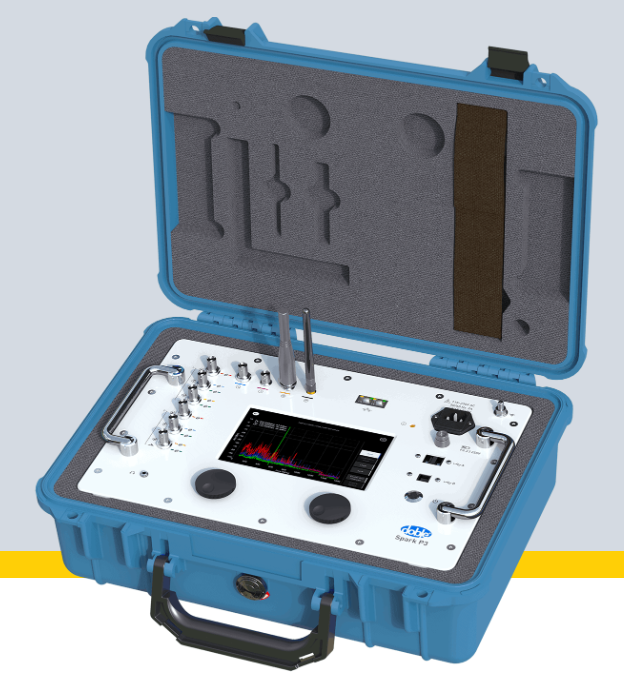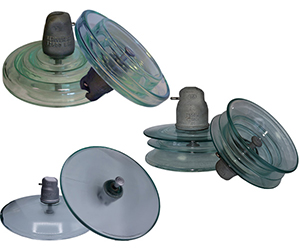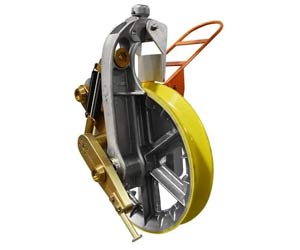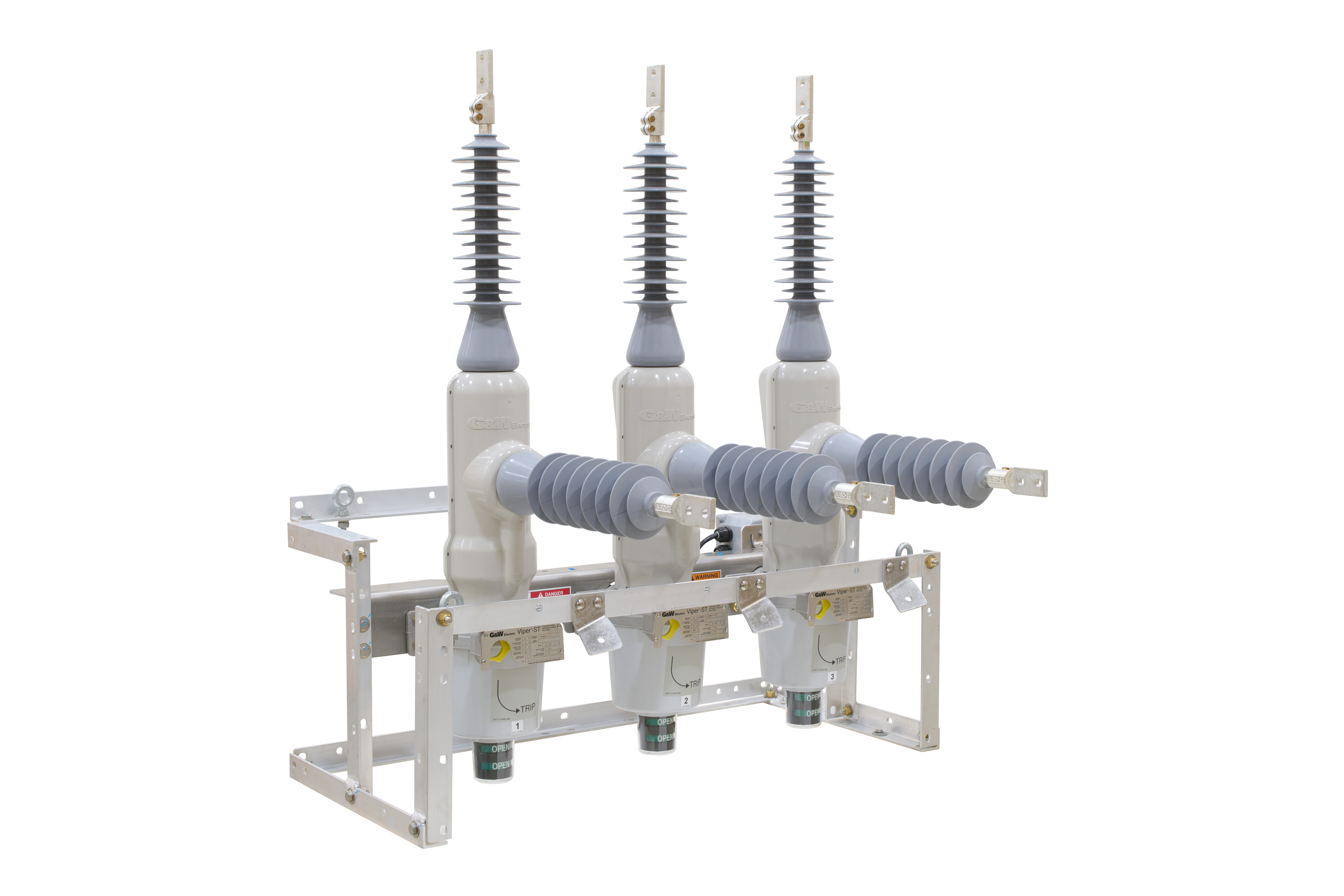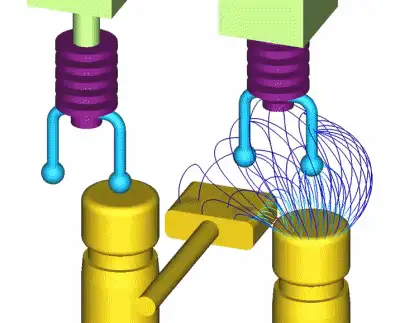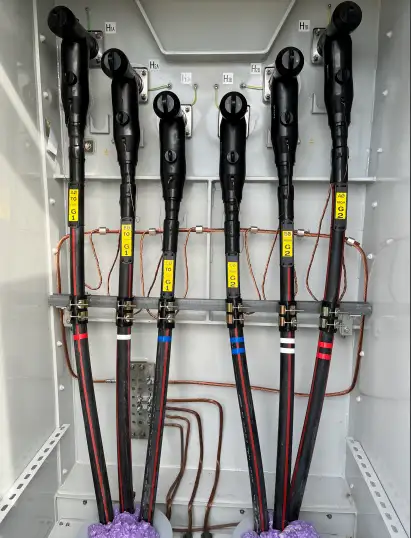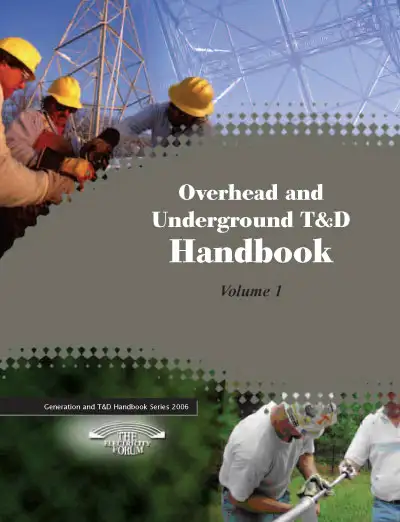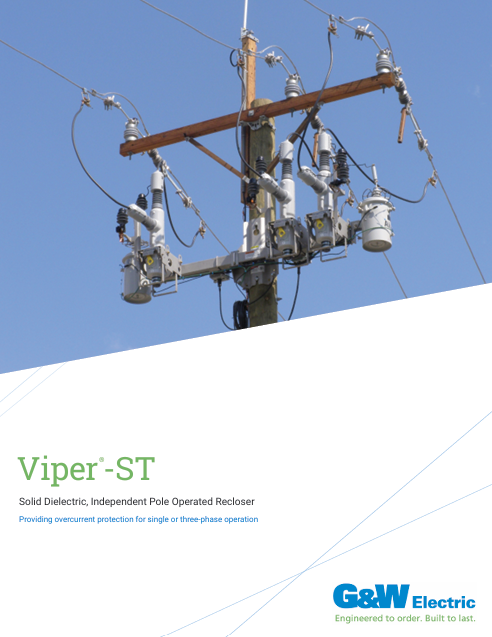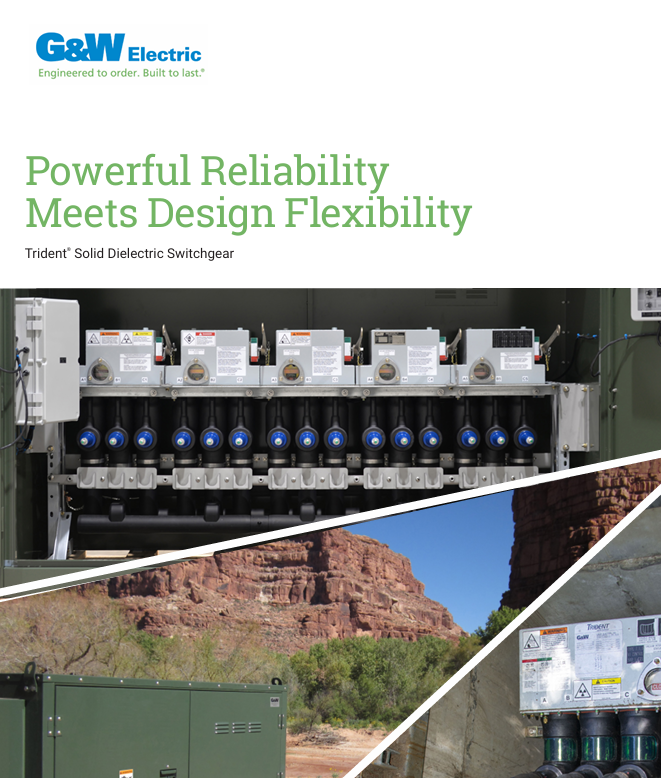Distribution Transformer:
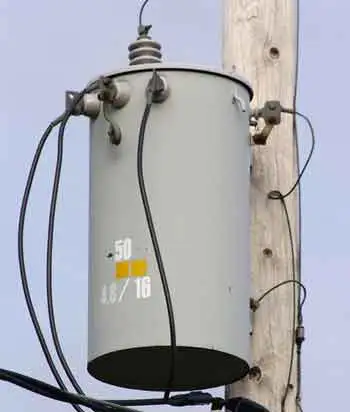
A distribution transformer reduces high-voltage electricity to usable levels for homes and businesses. It supports voltage regulation, ensures energy efficiency, and enables reliable power delivery in electrical distribution systems across utility and industrial networks.
What is a Distribution Transformer?
A distribution transformer is a critical component of the electrical power system, used to reduce the voltage of electrical energy for electric power distribution to end-users. It:
✅ Converts high-voltage electricity to low-voltage power for homes and businesses
✅ Supports voltage regulation and minimizes energy loss
✅ Operates in utility networks, industrial systems, and commercial facilities
Electrical Transformer Maintenance Training
Substation Maintenance Training
Request a Free Training Quotation
A distribution transformer plays a vital role in voltage regulation and load management, ensuring the efficient and reliable delivery of electrical energy. Different distribution transformers are available to meet different needs, and regular maintenance is critical to ensuring their efficient and reliable operation. The choice depends on the load it needs to serve and the application's specific requirements.
One of the primary benefits is that they enable voltage regulation in a distribution system's power supply. Voltage regulation maintains a consistent voltage level despite fluctuating load or demand for electrical energy. This ensures that the electrical equipment in our homes and businesses operates properly and is protected from damage caused by voltage spikes or drops.
Maximum efficiency is another critical factor when it comes to a distribution transformer. They experience copper and iron losses, which can lead to wasted energy and reduced efficiency. Therefore, the design must ensure it operates efficiently and doesn't waste energy. Transformers that operate at higher frequencies can help reduce iron losses, while ones with larger cores can help reduce copper losses.
A distribution transformer can be rated based on its capacity, measured in kilovolt-amperes (kVA). The capacity depends on the load it needs to serve and can range from as little as 75 kVA to as much as 5000 kVA or more.
There are different types available to meet different needs. For example, large buildings, power plants, industrial lighting, and light commercial loads often require specialized designs to meet their unique needs. For example, they may require isolation transformers, thermal relays, or silica gel for moisture control.
A distribution transformer can be mounted in two primary ways: on poles or pads. Pole mounts are attached to utility poles along the distribution lines, while pad mounts are installed on the ground in a pad-mounted enclosure.
Another essential factor to consider in distribution transformers is the type of oil used for cooling and insulation. Oil is a specialized oil designed to withstand high temperatures and provide good insulation properties. Many types of oils are available, including mineral oil and synthetic oil.
Load management is also critical to the efficient operation of the electrical grid. Load management involves balancing the supply and demand of electrical energy to ensure that there is always enough power to meet end-users' needs. By regulating voltage and managing load, they play a vital role in ensuring the efficient and reliable delivery of electrical energy.
Primary distribution transformers at electrical substations are larger and more powerful than those used along the distribution lines. As a result, they are designed to handle higher voltages and larger loads and are critical to the efficient operation of the electrical grid.
Key Characteristics of Distribution Transformers
| Feature | Description | Benefit | Common Applications |
|---|---|---|---|
| Voltage Conversion | Steps down medium/high voltage to low voltage | Enables safe, usable power for end users | Residential, commercial, industrial |
| Mounting Type | Pole-mounted, pad-mounted, or substation-based | Flexible installation based on terrain and demand | Utility poles, ground units, substations |
| Power Rating | Typically ranges from 5 kVA to 5000 kVA | Matches load requirements for diverse use cases | Urban grids, rural lines, factories |
| Cooling Method | Oil-immersed or dry-type cooling | Maintains safe operating temperature | Indoor and outdoor environments |
| Efficiency and Regulation | Designed for low losses and good voltage regulation | Reduces energy waste and improves voltage stability | Smart grids, energy-conscious systems |
| Phase Configuration | Single-phase or three-phase | Accommodates various system designs | Homes (single), Industry (three) |
Frequently Asked Questions
What is the difference between a power transformer and a distribution transformer?
Power units are typically used to step up or step down the voltage of electrical energy for transmission over long distances and are designed to handle higher voltages and larger loads than distribution units. On the other hand, they are typically used to reduce the voltage of electrical energy for distribution to end users. So, again, they are designed to handle lower voltages and smaller loads than power ones.
Is the distribution transformer single-phase or three-phase?
They are typically three-phase, meaning they have three primary and three secondary windings. However, some can also be single-phase, meaning they have only one primary and one secondary winding. Single-phase units are commonly used in residential areas, whereas three-phase units are typically employed in commercial and industrial settings.
What are the examples of a distribution transformer?
Examples include pole mounts, pad mounts, and substation units. Pole mounts are attached to utility poles along the distribution lines, while pad mount transformers are installed on the ground in a pad-mounted enclosure. Substation units are typically located at electrical substations and are used for primary distribution.
What is a distribution transformer, and how does it work?
It is used in electrical power systems to reduce the voltage of electrical energy for distribution to end-users. It works by stepping down the voltage of electrical energy transmitted from power plants through high-voltage lines to a safe and usable level for end-users. The transformer is designed to handle a specific load, and its capacity is measured in kilovolt-amperes (kVA).
Which type is used for distribution?
There are various types of distribution transformers. They are used to distribute electrical energy to end-users. They are typically three-phase transformers with three primary and three secondary windings. However, some can also be single-phase.
What is the purpose of a distribution transformer in a power system?
The purpose of a power system is to reduce the voltage of electrical energy for distribution to end users. This allows electrical equipment in homes, businesses, and other facilities to operate safely and efficiently. They also play a critical role in voltage regulation and load management, which helps to ensure the efficient and reliable delivery of electrical energy.
How is distribution transformer efficiency calculated?
The efficiency is calculated by dividing the output power by the input power. The output power is the power delivered to the load, while the input power is the power supplied to the transformer. The efficiency is affected by factors such as copper losses, iron losses, and load.
What is the role of a distribution transformer in voltage regulation?
The role of voltage regulation is to maintain a consistent voltage level despite fluctuations in the load or demand for electrical energy. Voltage regulation is crucial for ensuring that the electrical equipment in our homes and businesses operates properly and remains undamaged due to voltage spikes or fluctuations. It regulates the voltage by adjusting the turn ratio between the primary and secondary windings, affecting the output voltage.
How does a distribution transformer manage the load on an electrical grid?
It plays a critical role in load management on an electrical grid. Load management involves balancing the supply and demand of electrical energy to ensure that there is always enough power to meet end-users' needs. By regulating voltage and managing load, they help to ensure the efficient and reliable delivery of electrical energy.
What are the maintenance requirements for distribution transformers?
They require regular maintenance to ensure continued efficient and reliable operation. Some of the most critical maintenance requirements include checking the oil level and quality, inspecting for signs of damage or wear, and performing regular tests to ensure it operates within its specified parameters. Maintaining a clean and dry environment around the transformer is also essential to prevent moisture and dust from entering the enclosure.
Is a distribution transformer single-phase or three-phase?
They can be single-phase or three-phase. Single-phase ones are typically used in residential areas, while three-phase ones are used in commercial and industrial areas.
Related Articles
On-Site Training
Interested in cost effective, professional on-site electrical training?
We can present an Electrical Training Course to your electrical engineering and maintenance staff, on your premises, tailored to your specific equipment and requirements. Click on the link below to request a Free quotation.
EF PARTNER MEDIA
Videos
Product Showcases
Shared Media

